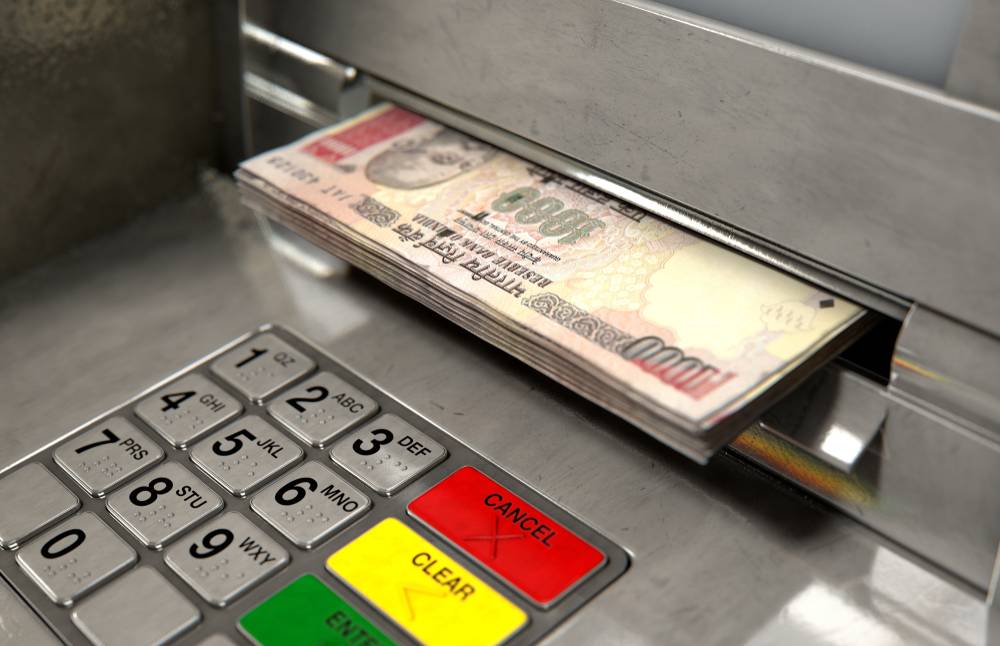In order to discourage the cash payments, Union budget has introduced Section 194N under which tax is deducted at source upon withdrawals above Rs. 1 crore. In the budget 2020 the threshold has been reduced to 20 lakhs for those not filing income tax returns for the past 3 years. The tax deduction would be done at prescribed limits if withdrawals are done abobe 20 lakhs.
Let’s know Section 194N in details.
Section 194N is applied on taxpayers when they withdraw more than Rs. 1 crore in a financial year. The number is calculated basis the sum of withdrawals from all accounts of the same bank, including the taxpayer’s current account in a financial year. The section applies to the following taxpayers.
- An individual
- Hindu undivided family
- Company
- Partnership firm or LLP
- Local authority
- Association of persons or body of individuals
- Any bank
- Cooperative banks
- Post office
How to calculate the limit?
The tax is calculated by the bank, while the payment is made when the amount crosses Rs. 1 crore amount. This one crore threshold is the threshold per bank and post office account and not per taxpayer. Let’s take an instance: a person has 3 bank accounts then the threshold would be 3 crore rupess that is 1 crore for each bank.
In case of a cash payment of above 1 crore made by the bank to the account holder the bank deducts the TDS while making the payment.
Why is the section introduced?
This Section is introduced to discourage any cash transaction during the financial year. The TDS amount will be deducted only on the excess of Rs 1 crore. Suppose in case if a person withdraws Rs. 99 lakhs then the TDS will not be deducted unless he withdraws an amount that is above 1 crore.
Rate of TDA under Section 194 A
The TDS is deducted on 2% above the amount exceeding 1 crore. In an amount that is exceeding by RS 50,000 the TDS deduction will be 2% of Rs.50000 that is Rs. 1000.
So the TDS deduction on cash transaction with any account or current account is
- 2% for RS. 20 lakhs and above
- 5% for RS. 1 crore and above
Let’s see the above deduction in an example:
Mr. Raj has not filed ITR for the previous 3 years and the date of filing returns has also expired. Now He has withdrawn different amount during the entire year of 2021-2022.
| Date | Amount of withdrawal | Aggregate amount withdrawn | Rate | Computation | Tax to be deducted (rs.) |
| 1st April 2020 | 14 lakh | 14 lakh | – | – | – |
| 21st July 2020 | 26 lakh | 40 lakh | 2% | (40 lakh -20lakh) x 2% | 40,000 |
| 25th Aug 2020 | 35 lakh | 75 lakh | 2% | 35 lakh x 2% | 70,000 |
| 4th Sept 2020 | 35 lakh | 1.10 crore1 | 2% and 5% | (25 lakh x 2%) + (10 lakh x 5%) | 1,00,000 |
| 18th Oct 2020 | 50 lakh1 | 1.6 crore | 5% | 50 lakh x 5% | 2,50,000 |
This Section is applicable if the amount is withdrawn from any type of account from the same bank. The account holder can make transaction from savings account or from the current account. The sum of both the accounts will be taken as a sum.






